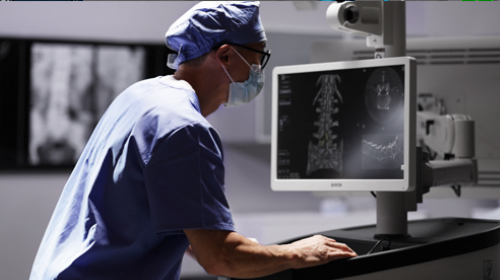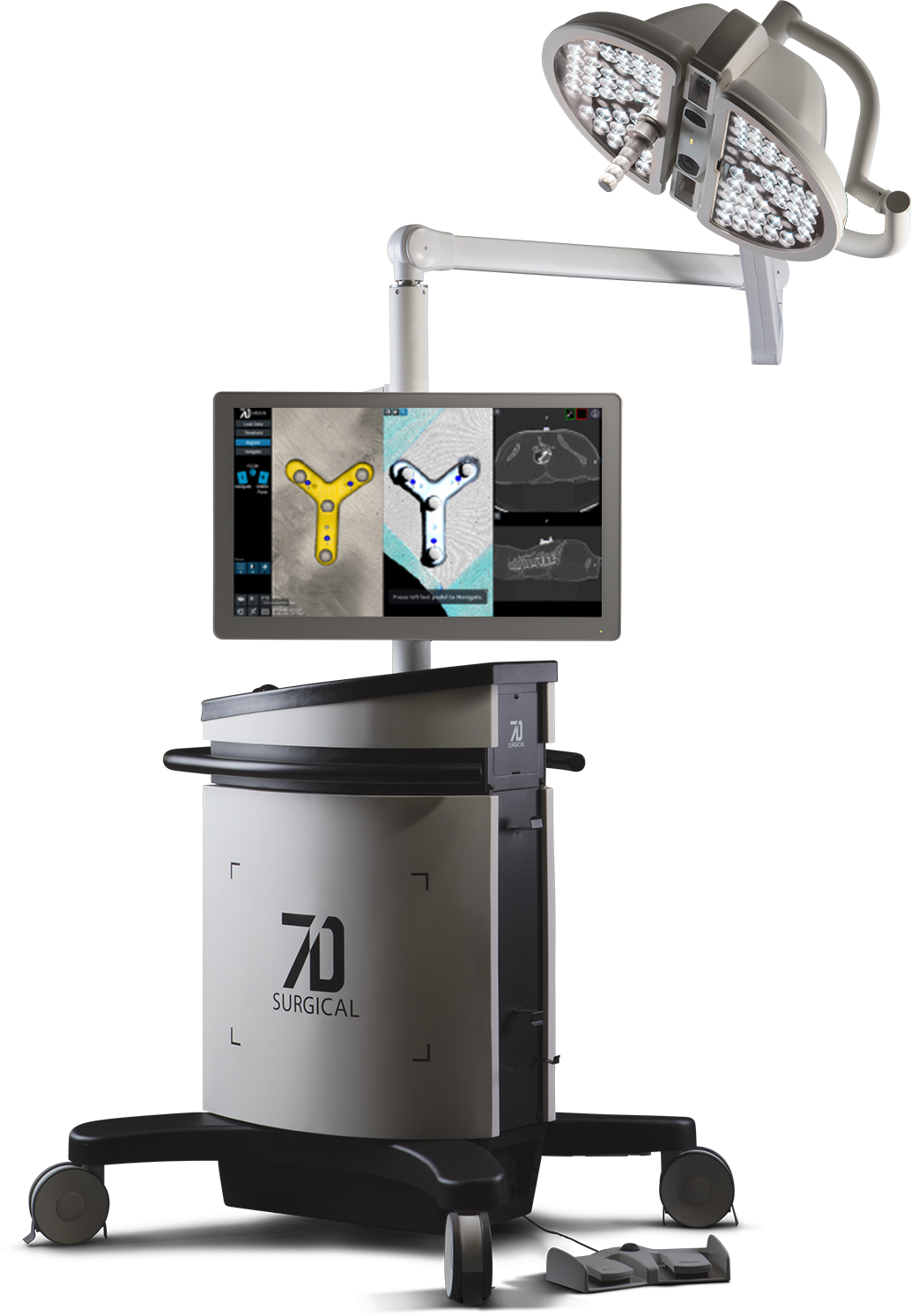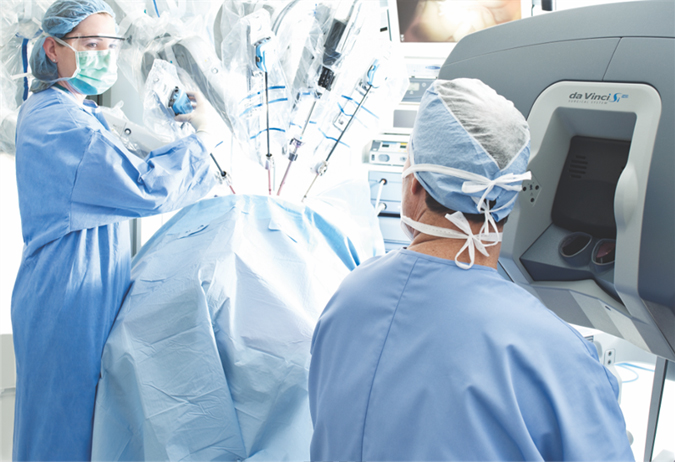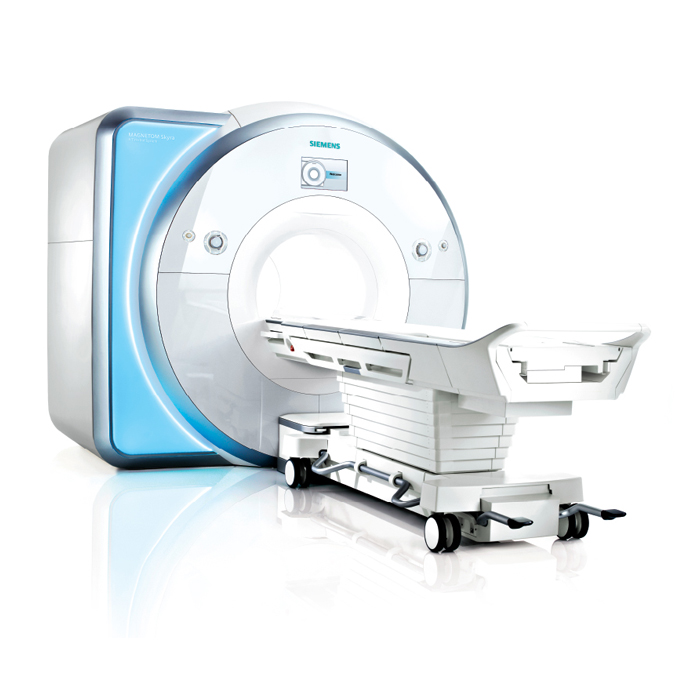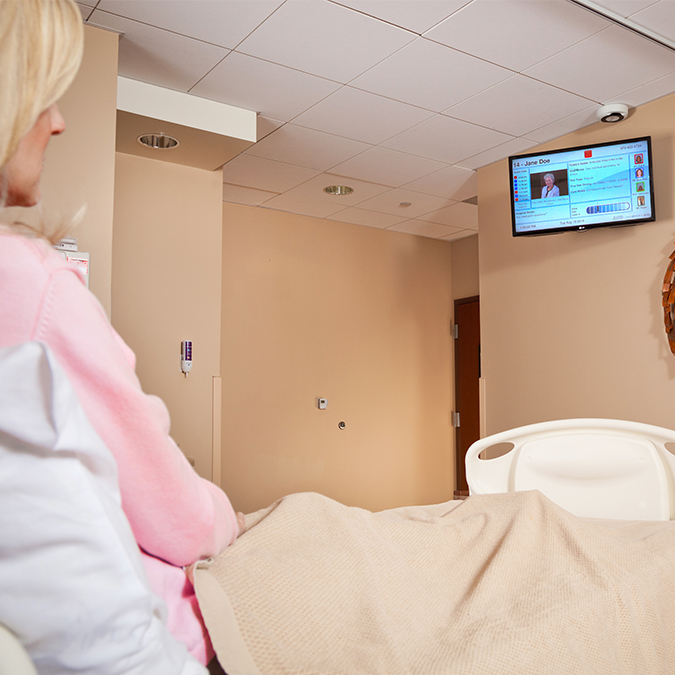Disclaimers
*All surgery presents risk, including da Vinci Surgery. Results, including cosmetic results, may vary. Serious complications may occur may occur in any surgery, up to and including death. Examples of serious and life-threatening complications, which may require hospitalization, include injury to tissues or organs; bleeding; infection, and internal scarring that can cause long-lasting dysfunction or pain. Temporary pain or nerve injury has been linked to the inverted position often used during abdominal and pelvic surgery. Patients should understand that risks of surgery include potential for human error and potential for equipment failure. Risk specific to minimally invasive surgery may include: a longer operative time; the need to convert the procedure to an open approach; or the need for additional or larger incision sites. Converting the procedure to open could mean a longer operative time, long time under anesthesia, and could lead to increased complications. Research suggests that there may be an increased risk of incision-site hernia with single-incision surgery. Patients who bleed easily, have abnormal blood clotting, are pregnant or morbidly obese are typically not candidates for minimally invasive surgery, including da Vinci Surgery. Other surgical approaches are available. Patients should review the risks associated with all surgical approaches. They should talk to their doctors about their surgical experience and to decide if da Vinci is right for them. For more complete information on surgical risks, safety and indications for use, please refer to http://www.davincisurgery.com/da-vinci-surgery/safety-information.php
©2014 Intuitive Surgical. All rights reserved. Intuitive, Intuitive Surgical, da Vinci, da Vinci S, da Vinci Si, Single-Site, TilePro, FireFly, Skills Simulator, EndoWrist and EndoWrist One are trademarks or registered trademarks of Intuitive Surgical. All other product names are trademarks or registered trademarks of their respective holders.
Content provided by Intuitive Surgical.
